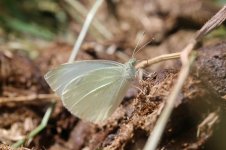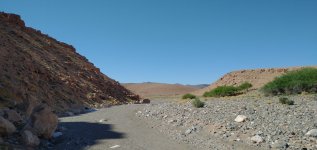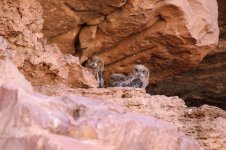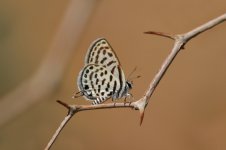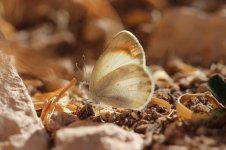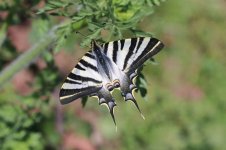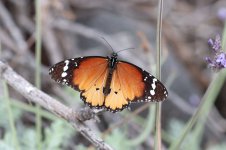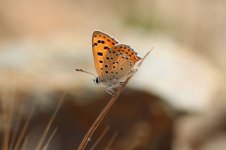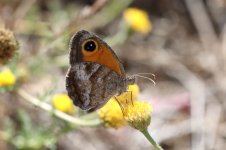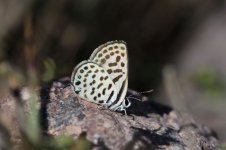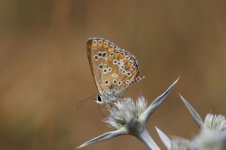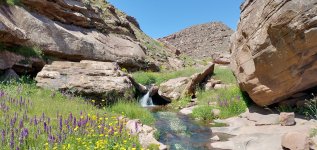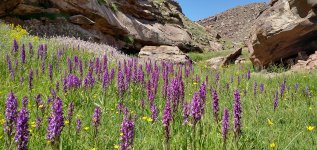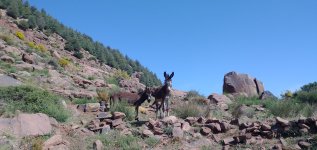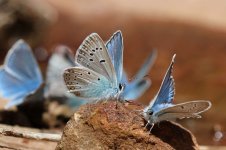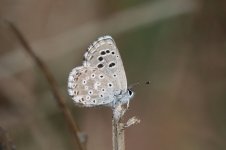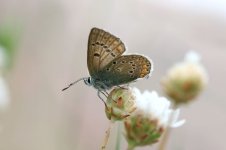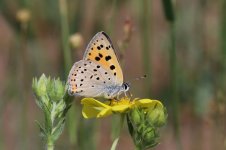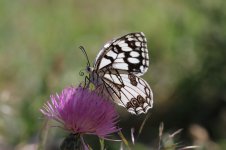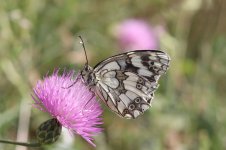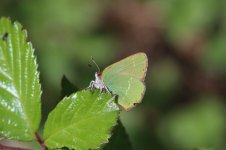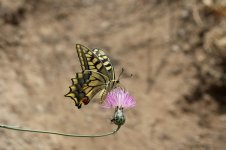
In light of the earthquake in Morocco, it with sadness that I begin this trip report - many of the excellent localities that I visited, particularly in the Imlil and Asni areas, are at the very epicentre of this quake and the villages I visited have been totally destroyed. Undoubtedly some of the very fine folk that I met and stayed with are among the many casualties. My sympathies to them and I hope this report a little portrays the wonders that Morocco has to offer and inspires others to visit, tourism will clearly offer a lifeline to devastated communities.
INTRODUCTION
A two-week trip concentrating on the High Atlas and adjacent desertlands, the main focus being butterflies. In contrast to birding, where localities are well-known and trips can be planned to target all desired species, far less information exists regarding sites for butterflies in Morocco. Furthermore, seasonality is also more pronounced when looking for butterflies - not only in terms of absolute flight periods for individual species, but also relating to how wet or arid particular areas are at any particular time (adjacent valleys were frequently completely different in regard to how productive for butterflies). As a consequence, the itinerary of this trip evolved as I travelled, stopping where I found species, skipping sites that would clearly have been excellent earlier in the season.
Having visited Morocco on a number of occasions, birds were not a main focus of this trip and many of the classic birding localities were omitted, e.g. the Merzouga area. That said, plenty of birds were seen nevertheless, including such delights as Pharaoh Eagle Owls, Thick-billed Larks, Levaillant's Woodpeckers and Blue-cheeked Bee-eaters.
INTRODUCTION
A two-week trip concentrating on the High Atlas and adjacent desertlands, the main focus being butterflies. In contrast to birding, where localities are well-known and trips can be planned to target all desired species, far less information exists regarding sites for butterflies in Morocco. Furthermore, seasonality is also more pronounced when looking for butterflies - not only in terms of absolute flight periods for individual species, but also relating to how wet or arid particular areas are at any particular time (adjacent valleys were frequently completely different in regard to how productive for butterflies). As a consequence, the itinerary of this trip evolved as I travelled, stopping where I found species, skipping sites that would clearly have been excellent earlier in the season.
Having visited Morocco on a number of occasions, birds were not a main focus of this trip and many of the classic birding localities were omitted, e.g. the Merzouga area. That said, plenty of birds were seen nevertheless, including such delights as Pharaoh Eagle Owls, Thick-billed Larks, Levaillant's Woodpeckers and Blue-cheeked Bee-eaters.





